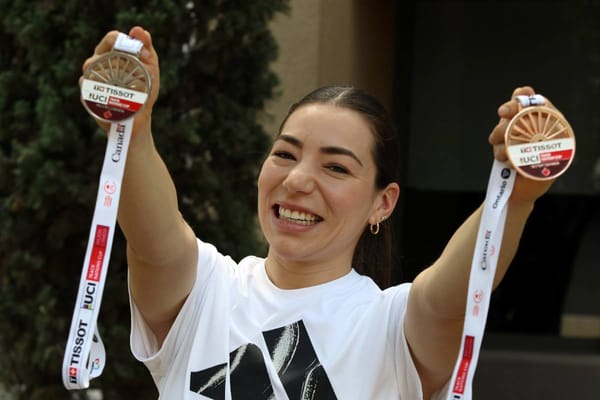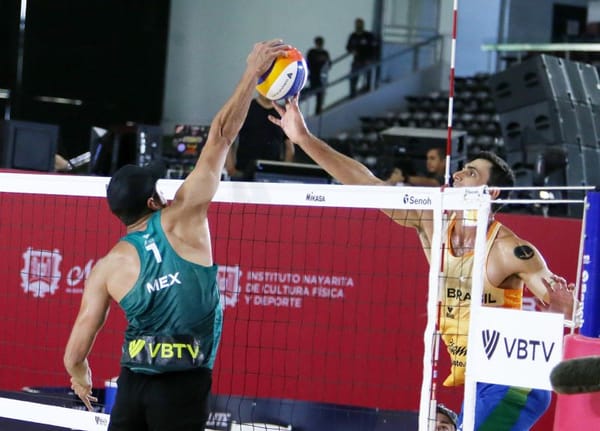Lino Enea Spilimbergo, the arts and the commitment to the world
Painter and engraver, muralist linked to surrealism along with Berni and Castagnino, Spilimbergo is considered one of the masters of Argentine art.
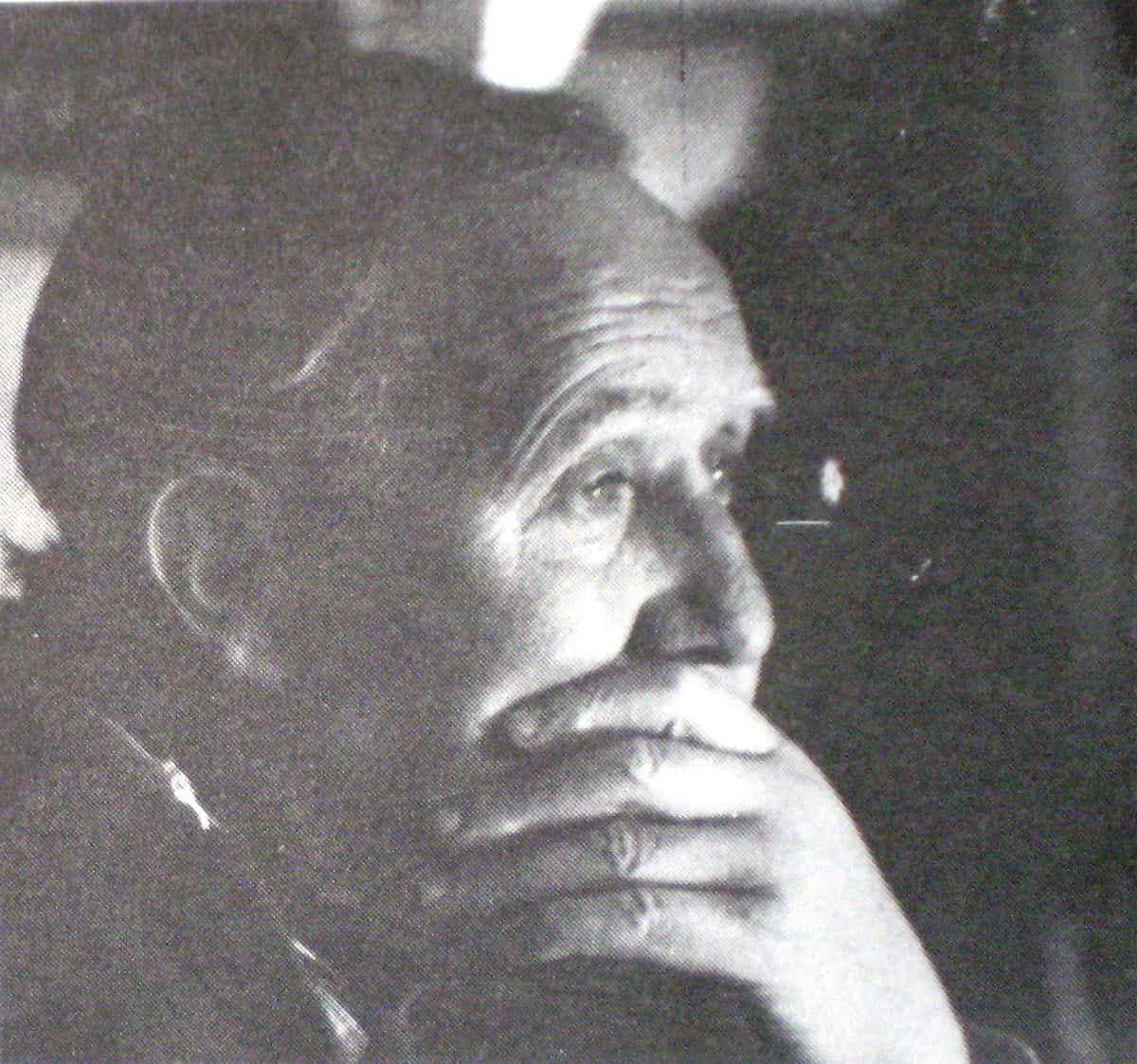
Son of Antonio Enea Spilimbergo and María Giacoboni, Italian immigrants, Lino Claro Honorio Enea Spilimbergo was born on August 12, 1896, in Buenos Aires neighborhood of Palermo. He attended the Don Bosco Salesian School and later decided to study ornamental drawing at the Industrial School located on Salguero Street.
He began working at a very young age in different trades, as a cadet, telephone operator and spent twelve years working for the Post and Telegraph Office while studying at the National Academy of Fine Arts Prilidiano Pueyrrredón. During his formative years, he studied the human figure, torsos, and also perfected the engraving technique of monotype. Among his teachers were artists such as Pío Collivadino and Ernesto de la Cárcova. He graduates in half the stipulated time, that is, in just three years. With his degree, he begins to work as an art teacher. He sends some of his works to the Salón Nacional de Bellas Artes and receives the First Prize for Engraving for his etchings Elementos de Trabajo and Invierno ("Elements of Work" and "Winter").
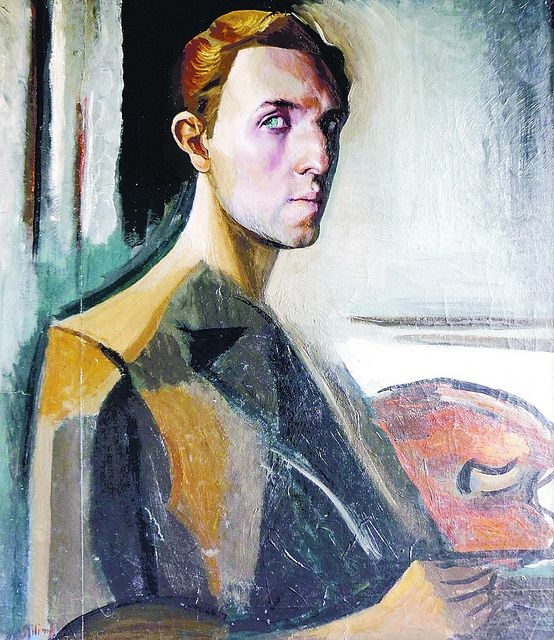
At the age of 22, his father dies and Spilimbergo begins to write an autobiography. As a chronic asthmatic, doctors advise him to live in a drier climate and he moves to Desamparados, San Juan province from 1921 to 1924 while continuing to work for the Post Office, imposing on himself a strict daily routine of artistic practice. There he had his first individual exhibition. Some of his works in those years are Figura de niña (1920), the first work he sent to the Salón Nacional de Bellas Artes, where he won the First Prize for Engraving in 1922 and the Third Prize for Painting in 1923 for Seres humildes (Humble Beings).
In 1925 he resigned from his job at the Post Office and received from the National Salon the only prize for the best set, which allowed him to travel to Europe and soak up the techniques that were being used there.
European period
He spends some time in Italy and then in France, studying at the Académie de la Grande Chaumière in the morning and the prestigious workshop of André Lhote in the afternoon composition and color, but especially drawing. He learns, among others, the technique of tempera painting, post-cubist paintings and is influenced by the work of Paul Cézanne. In Italy, he acquires the Renaissance technique that he will apply in his engravings, Etruscan and Byzantine art. The work of Carlo Carrá, Giorgio De Chirico, and his metaphysical painting will be of great influence in his work. All this knowledge is combined in a unique synthesis of style, where the classical, the modern, the surreal, and the metaphorical coexist.
During those European years, he became friends with Antonio Berni and other Argentine artists who were known as "the boys from Paris". In addition to their artistic concerns, they were united by their left-wing ideology. When they returned, this friendship remained intact and they formed a community based on their trade union ideas.
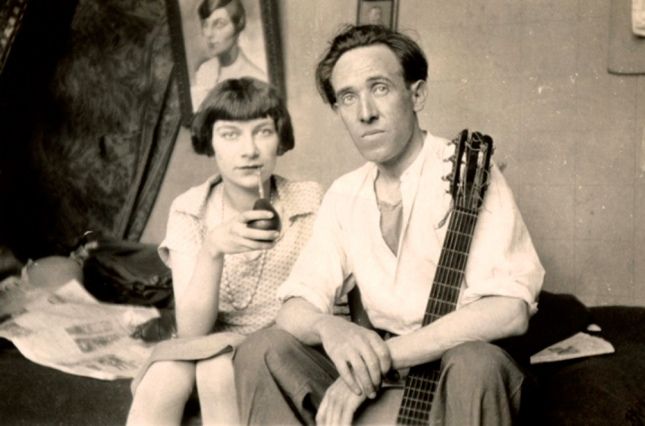
Return and social commitment
In 1928 he returns to Argentina with his French wife Germaine. He dedicates himself to a social theme, expressed in mural aesthetics. In 1933 he joined the Popular Front organized by the Communist Party and decided to found the Union of Plastic Artists. That same year, together with Antonio Berni, Juan Carlos Castagnino, and the artists Enrique Lázaro and David Alfaro Siqueiros, he created the mural Ejercicio plástico in the basement of the country house of Natalio Botana, director of the newspaper Crítica. Currently, the restored mural is on display at the Casa Rosada Museum (former Bicentennial Museum).
In the so-called "Serie de las terrazas" ("Terraces Series"), he explores the classic figurative elements. They are frozen images isolated from a concrete temporality. Breve historia de Emma 1936-1937 ("Brief history of Emma 1936-1937") is a work inspired by a police chronicle of thirty-four mono copies in which the artist denounces the exploitation of women forced into prostitution. Interlunio, a collection of poems by Oliverio Girondo (Editorial Sur, 1937) is composed of eleven etchings. For this work, the artist won the Gold Medal for Engraving at the International Exhibition in Paris in 1937.
In 1946 Spilimbergo created together with Manuel Colmeiro Guimarás and Demetrio Urruchúa, Castagnino and Berni the Taller de Arte Mural, whose work can be seen in the murals inside the Galerías Pacífico in Buenos Aires. The intention was to capture social art, committed to humanism, opposing the exclusive art for minorities. The struggle of man against the elements of nature will be the first work of the mural, created by Spilimbergo himself.
His teaching years
He began his teaching career as a teacher of geometric and ornamental drawing at the Escuela de Artes Gráficas, professor at the Academia Nacional de Bellas Artes and at the Escuela de Bellas Artes in the city of La Plata. Between 1948 and 1952 he taught drawing, painting, and composition at the University of Tucumán, where he was director of the Higher Institute of Arts. There he passionately dedicated himself to the training of artists who worked as a team to produce murals and thus establish contact with the people. Some of his disciples were Enrique Sobisch Medardo Pantoja, Luis Lusnich, Eolo Pons, Leopoldo Presas and Ana Sacerdote.
Since the 50's he participated in numerous solo and group exhibitions in our country and abroad, such as the Venice Biennial, the San Pablo Biennial, and the Argentine Painting Exhibition in the cities of New York, Helsinki, Mexico, and Beijing, among others. He established himself as an artist and established himself as a critical intellectual committed to social reality. From 1959, he alternated his residence between Buenos Aires and Unquillo, province of Córdoba, where he died on March 16, 1964, at the age of 67.
Awards
Among the awards, he received during his artistic career are First Prize in Engraving, National Salon in 1922. In 1925, Best Set Award, National Salon and Second Prize for Painting, Salón de Otoño, La Plata; First Prize, Salón Santa Fe in 1927; First Prize, Salón Rosario in 1929; First Prize, Salón Nacional in 1933; Grand Prize for Painting and Gold Medal for Engraving, International Exhibition, Paris and Grand Prize of Honor, Salón Nacional in 1937. His works are in the following museums in our country: National Museum of Fine Arts, Provincial Museum of Fine Arts Caraffa, and Municipal Museum of Fine Arts Dr. Genaro Perez, both in the province of Cordoba.
"I aspire in my painting to go from the particular to the universal. I do not look far from me for my subjects. I would like to take from the people and things that surround me the necessary elements for my works. To see first what is happening around me and to document this passage of a man through life...Painting is a terrible commitment, not only with oneself but with the world". (Lino Enea Spilimbergo in a report in Diario Crítica, October 4, 1937, p.9).
Source: Argentina.gob.ar



